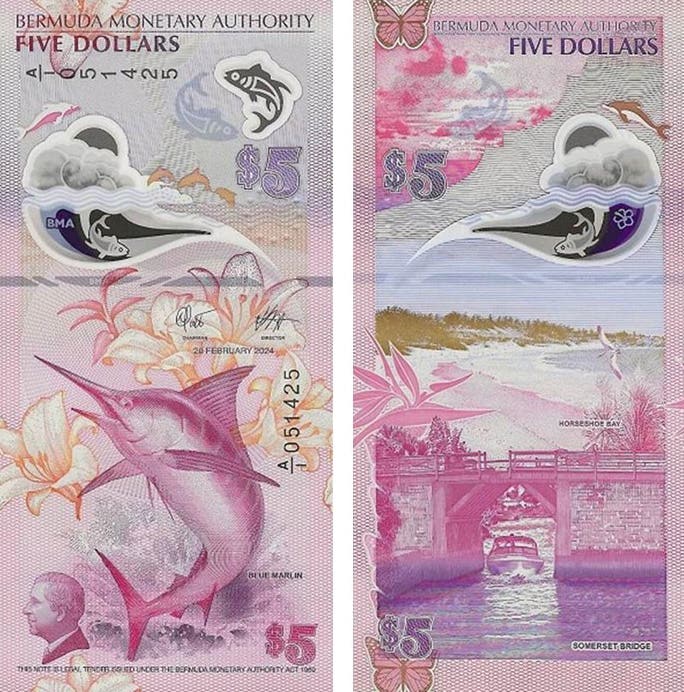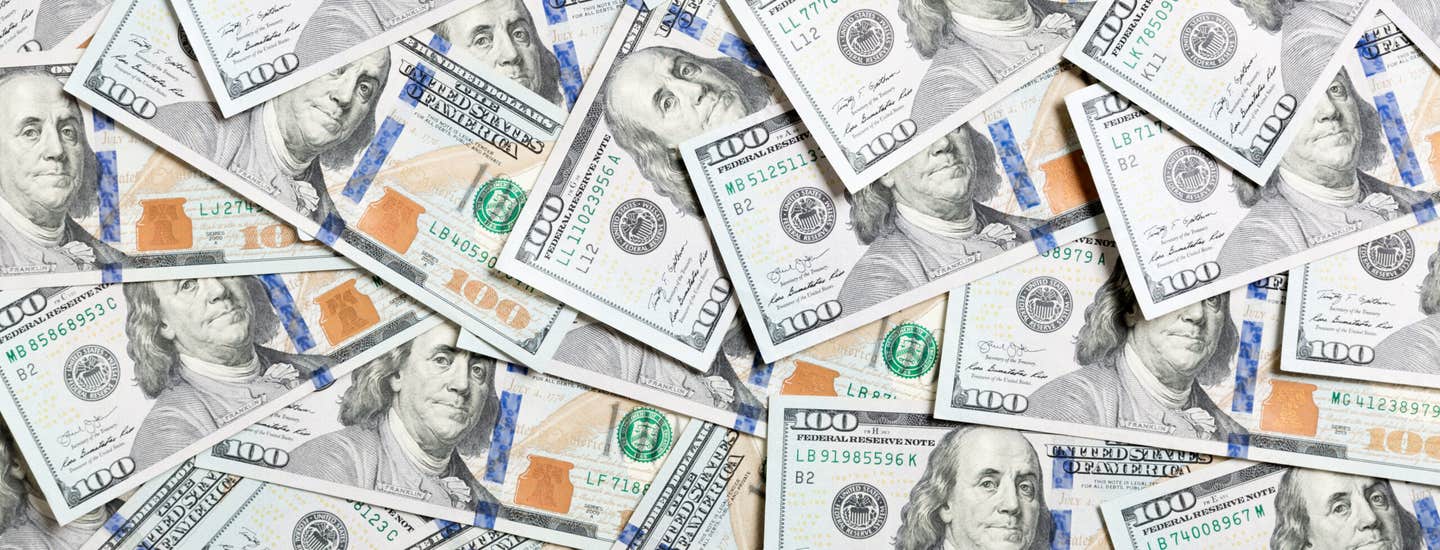The Year of the Dragon
Feb. 10, 2024, or year 4722 in the Chinese Lunar year, starts the Year of the Dragon, otherwise referred to as the Wood Dragon. The dragon is the fifth animal…
Feb. 10, 2024, or year 4722 in the Chinese Lunar year, starts the Year of the Dragon, otherwise referred to as the Wood Dragon. The dragon is the fifth animal in the Chinese zodiac 12-year animal cycle. The dragon is unique from the other zodiac signs in the Chinese calendar because it is the only mythical creature in the cycle. It is believed that the dragon is a symbol of strength and great power, which is why Chinese emperors were thought to be descendants of dragons. In Chinese culture, dragons are said to have control over great phenomena of water, such as rainfalls, floods, and typhoons.
In Chinese mythology, there are different colored dragons: black, blue, green, red, yellow, and white, which are said to manifest your goals. The various colored dragons correlate to their symbolism. When you think of black, you think of catastrophes, which is no surprise that the Black Dragon is associated with vengeance. The Blue Dragon represents harmony and peace; the Green Dragon brings new life and nature, while the Red Dragon is said to bring good luck and fortune. The Yellow (Gold) Dragon brings wealth and social standing, and finally, the White Dragon symbolizes purity. However, to some, the White Dragon is seen as a bad omen and relates to death and mourning.
Along with colored dragons, there are nine types of dragons, of which each is related to a natural element, ruler, or dynasty. The celestial dragon is the guardian of the mansions of gods. The coiling dragon is a water or river dragon and has similarities to a crocodile. The homeless dragon resides in mountains or oceans, while the spiritual dragon is beneficial to man with the wind and rain it brings. Dragon king is composed of separate dragons that are said to rule over the four seas of the north, south, east, and west. The yellow dragon is believed to control seasons, and the dragon of hidden treasures is a protector of hidden wealth. The winged dragon is the oldest of them all and is said to have served the emperor Huang Di, who is believed to have turned into the Yellow Dragon and ascended to Heaven. Lastly, there is the horned dragon. This dragon is the most powerful and has control over the rain.
Sister publications World Coin News and Numismatic News are good places to go to see some of the many coins minted in honor of the Lunar New Year, but paper money isn’t to be left behind when it comes to celebrating the auspicious occasion.
Collectors are used to seeing coins with intricate and colorful designs to commemorate birthdays, holidays, people, places, animals, and more. Paper money collectors know that the world of bank notes is just as fascinating when it comes to design, technology and history. The Chinese Lunar New Year presents a unique opportunity to showcase the brilliance of paper money.
The Lunar New Year has many traditions, including a New Year’s Eve dinner with family, fireworks, decorations, and money. Money plays an important role. Giving money in a red envelope to children on the New Year is believed to bring luck and wish the child a healthy and peaceful year.
The tradition begins with the legend of a demon who came and terrorized children while they slept on New Year’s Eve. Parents would try and keep their children awake all night to protect them. One child was given eight coins to play with to help keep him awake, and those coins turned out to be legendary immortals in disguise. When the child couldn’t stay awake any longer, the immortals shined so brightly that they scared the demon away. Today, the red envelope, or hóngbāo (红包), is a representation of those coins.
Children are not the only ones to receive red envelopes, but there are some expectations on how much each person should be given. Parents and grandparents are usually given the most. Be careful with how much you give; the number 4 is considered very unlucky. The word for the number, sì (四), sounds very close to the word for death, sǐ (死). Alternatively, the number 8 is considered very lucky and will bring prosperity.
It is also important that only crisp, clean notes should be placed in a red envelope. People will stand in long lines at the bank leading up to New Year's to exchange their old bills. If you receive a red envelope this year, remember to take it with both hands and never open it in front of the giver.
You may be asking yourself, why red? Red signifies good fortune, luck, vitality, and prosperity in China. People wear red on the new year to boost luck and ward off evil spirits.
Now, let’s grab our hóngbāo and take a look at a few of the commemorative bank notes that have been released in honor of the Year of the Dragon!
You may also like The Year of the (Wood) Dragon








